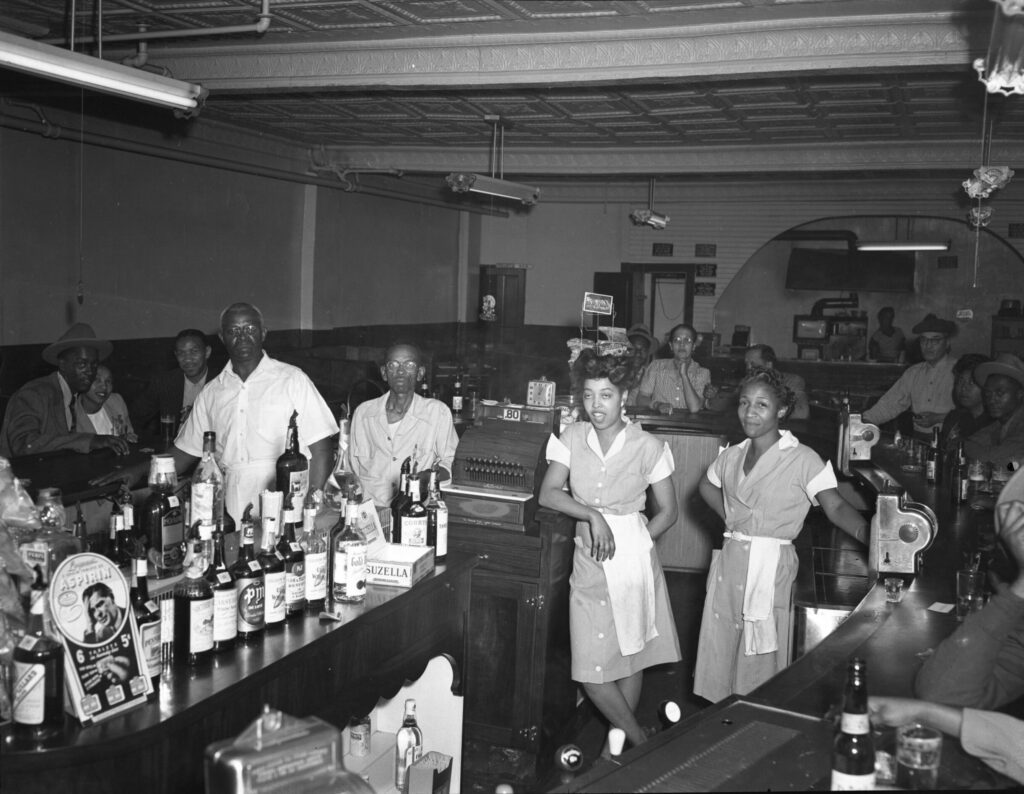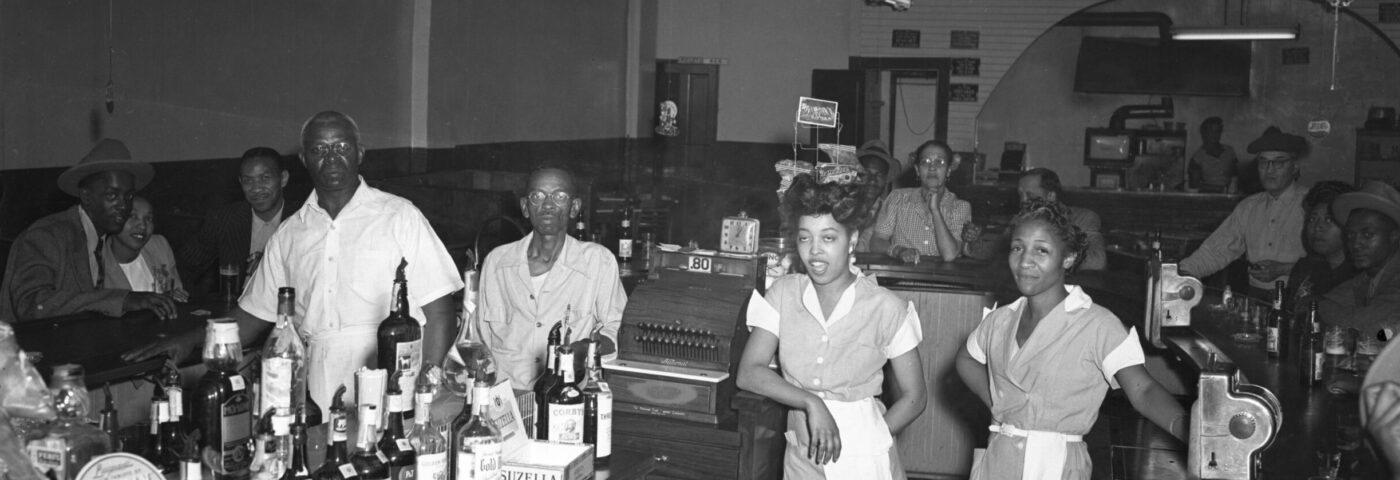It was a busy fall for the Green Book Cleveland team. In September the team welcomed Dr. Hazim Abdullah-Smith, the National Park Foundation Mellon Humanities Postdoctoral Fellow based at Cuyahoga Valley National Park (CVNP), who is conducting research, collecting oral histories, contributing to interpretive planning, and writing thematic content connecting Green Book Cleveland with the park. CVNP published an essay, “Jazz Comes to Northeast Ohio,” that contextualizes two notable jazz clubs located in or adjacent to the present-day park. Green Book Cleveland content is informing discussions that will eventually lead to on-the-ground exhibits in portions of CVNP, including at the recently acquired former Brandywine Golf Course. The team also continued to develop community connections in Cleveland and Akron. Along with these activities, university classes continued to research and develop new content on the project website.
Students in Mark Souther’s Introduction to Public History course at CSU curated additional locations on the Green Book Cleveland website. Since the project team and previous students had already covered most of Cleveland’s Green Book–listed sites, the students focused on other sites in the same era. Several of the new location narratives explore African American experiences in summer camps (Friendly Inn Camp in Sagamore Hills, Hiram House Camp in Moreland Hills, and Camp Cleveland in Highland Hills) or in city recreational facilities and metropolitan parks (Portland-Outhwaite Recreation Center, Woodland Hills Pool, Highland Park Golf Course, Edgewater Park, Euclid Creek Reservation, and South Chagrin Reservation). Another examined the so-called “Death Hole” off East 79th and Kinsman, a flooded 100-foot-deep clay pit abandoned by a brick manufacturer where a number of Black children swam in the absence of sufficient access to safe public pools in the 1930s-40s. Other students wrote about Black experiences in entertainment venues, including Karamu House, the nation’s oldest interracial theater, and Paradise Auditorium, which hosted everything from jazz concerts and drag shows to boxing matches and Cleveland Casabas basketball games to anti–Jim Crow speeches by activist Paul Robeson. Another traced the history of the Kinsman Grill where the Cleveland-based, Grammy-winning Dazz Band formed. The student even corresponded with the band.

In addition to the CSU students, University of Akron students joined the project for the first time, researching locations in and around Akron in Dr. Gregory Wilson’s Public History graduate seminar. Without the benefit of a Black newspaper archives for Akron, students had to rely on Cleveland and Pittsburgh papers’ spotty coverage of Akron, but they also mined various other records such as the U.S. Census, marriage records, and plat maps. They were also fortunate to find some excellent portraits of Black business owners in the Opie Evans and Horace & Evelyn Stewart photo collections in the University of Akron Archives & Special Collections. Several of the Akron students’ contributions provide more detail on some of Akron’s Green Book–listed sites. These included hotels (Garden City Hotel, Green Turtle Hotel, and Upperman House, barber and beauty shops (De Van Beauty Shoppe, Matthews Barber and Beauty Shops, Morris’ Beauty Salon, and Poro Beauty Parlor), and automotive businesses such as Dunagan’s Service Station. Students also used the 1940 Akron Negro Directory, which served as something of a local Green Book to locate and research a number of other Akron sites.
Watch for more news on the Green Book Cleveland project’s development in 2024.

